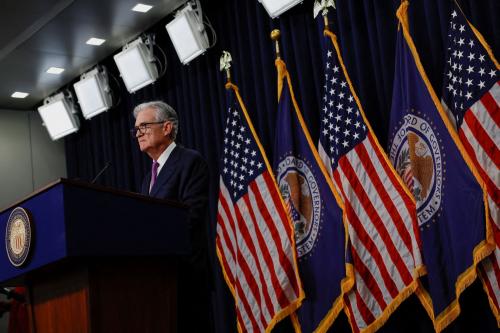

Research
BPEA | Fall 2011

Fall 2011
We evaluate the effect of the Federal Reserve’s purchase of
long-term Treasuries and other long-term bonds (QE1 in 2008–09 and QE2 in
2010–11) on interest rates. Using an event-study methodology, we reach two
main conclusions. First, it is inappropriate to focus only on Treasury rates as a
policy target, because quantitative easing works through several channels that
affect particular assets differently. We find evidence for a signaling channel,
a unique demand for long-term safe assets, and an inflation channel for both
QE1 and QE2, and a mortgage-backed securities (MBS) prepayment channel
and a corporate bond default risk channel for QE1 only. Second, effects on particular
assets depend critically on which assets are purchased. The event study
suggests that MBS purchases in QE1 were crucial for lowering MBS yields as
well as corporate credit risk and thus corporate yields for QE1, and Treasuriesonly
purchases in QE2 had a disproportionate effect on Treasuries and agency
bonds relative to MBSs and corporate bonds, with yields on the latter falling
primarily through the market’s anticipation of lower future federal funds rates.